New Zealand’s service sector, as gauged by the BusinessNZ Performance of Services Index, experienced a marked decline in July, descending from 49.6 to a worrying 47.8. This latest reading is not only the lowest since January 2022 but also trails the long-term average of 53.5 significantly.
A detailed analysis of the index highlights concerning trends. The activity component has sharply dropped from 50.9 to 39.6, marking its worst performance since August 2021 and setting a gloomy record. Specifically, this month’s reading stands as the worst non-lockdown related reading on record since 2007. New orders within businesses have taken a substantial hit, plummeting from 50.4 to 43.8.
Meanwhile, employment showed a marginal decrease, moving from 49.1 to 49.0. On a brighter note, stocks or inventories observed an increase, jumping from 47.2 to 54.0, with supplier deliveries also ticking up from 51.0 to 52.1.
BusinessNZ’s Chief Executive, Kirk Hope, said. “The further fall into contraction during July also saw another lift in the proportion of negative comments,” he remarked, drawing attention to the sharp increase in negative feedback, which escalated to 67% from 55.6% in June and 49.4% in May.
Hope continued, “Overall, negative comments received were strongly dominated by a general downturn in the economic conditions/slowing economy, as well as ongoing increased costs.”
BNZ Senior Economist, Doug Steel, weighed in on the data, highlighting a distressing pattern. “The results all point to a sharp drop in demand in July, significantly accelerating the slowing trend that had been evident for many months,” he said.
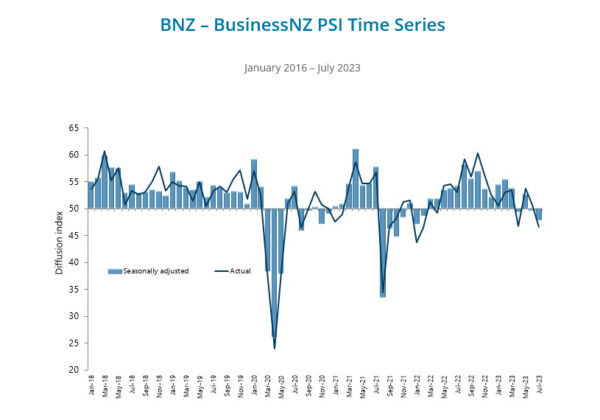
Full NZ BNZ PSI release here.




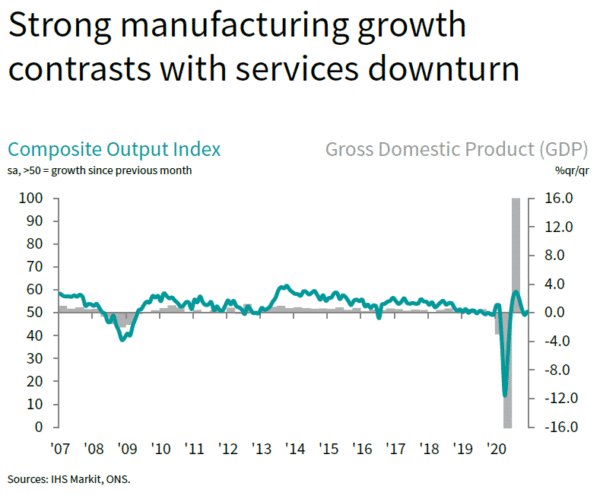
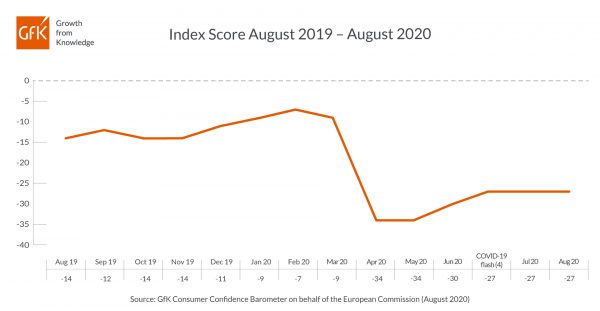

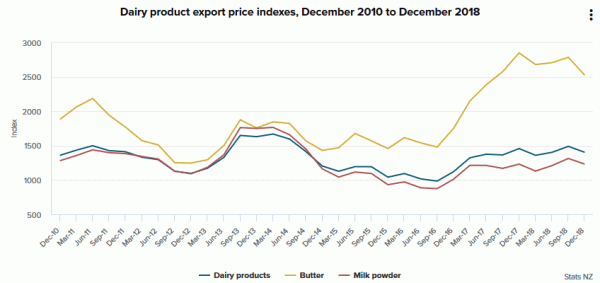
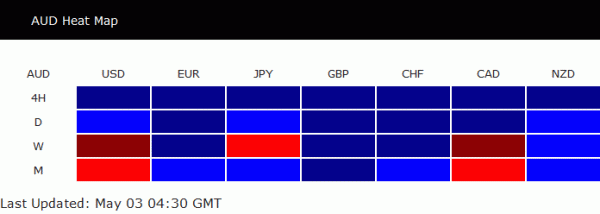
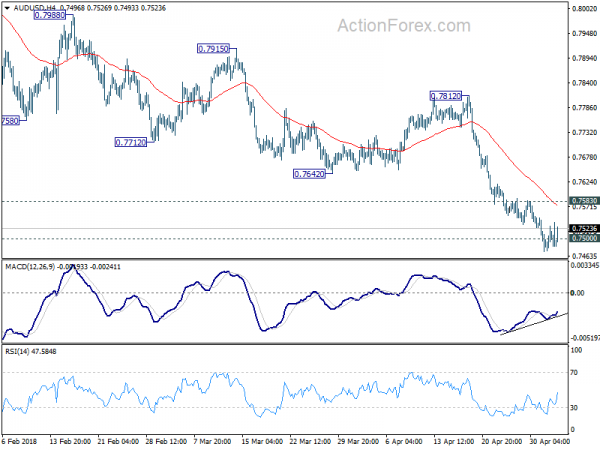
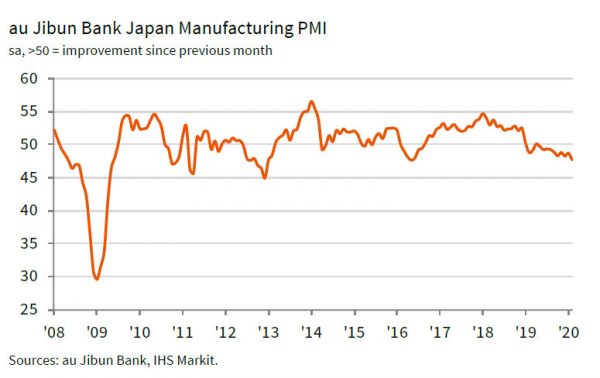
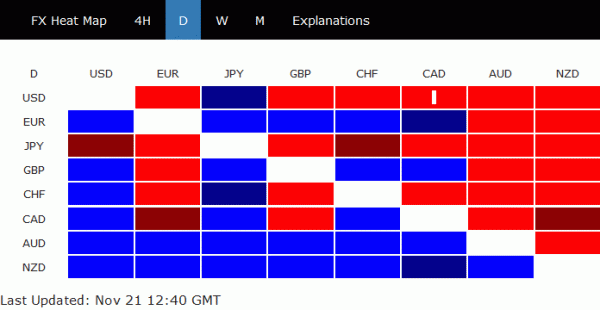
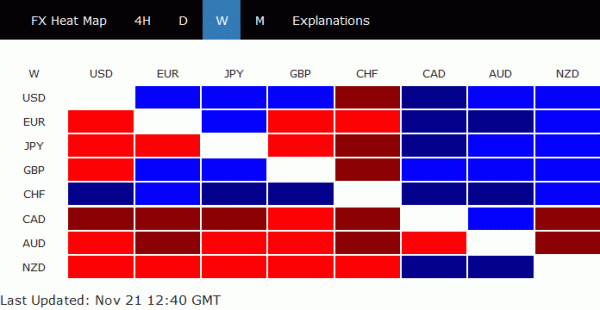
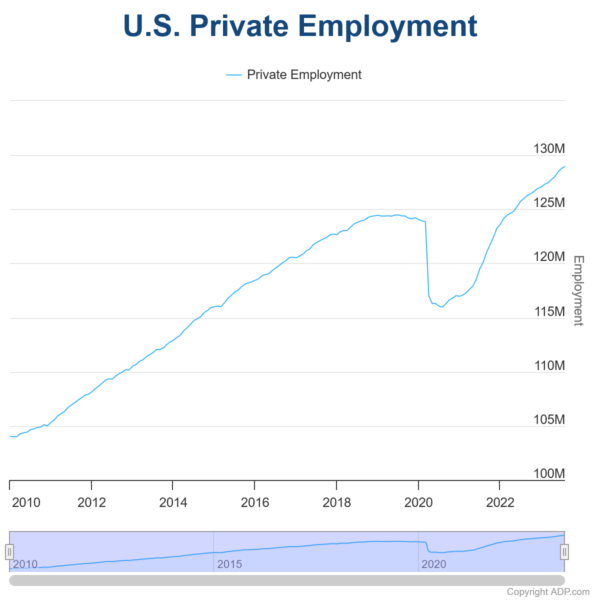
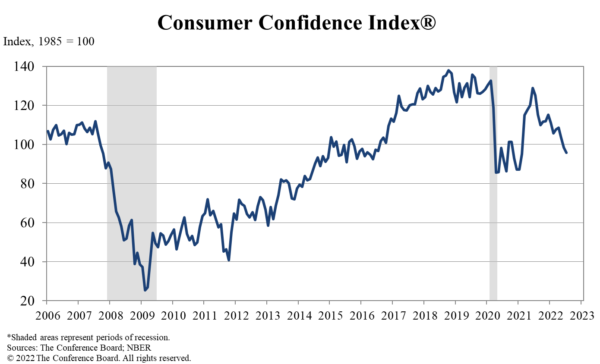
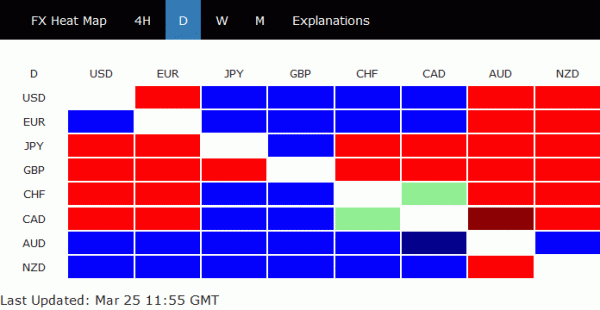
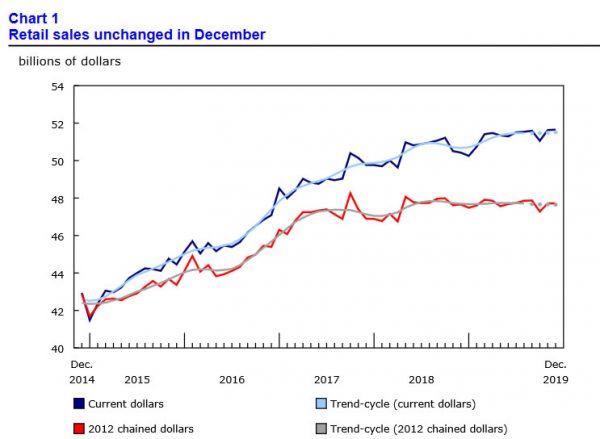
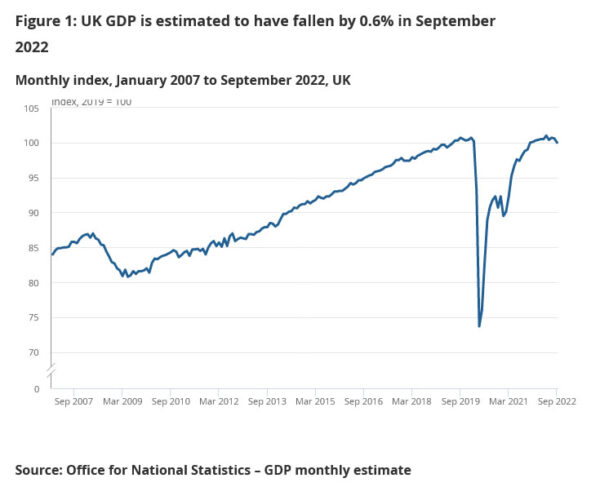

Fed Daly still see real pockets of weakness and concern
San Francisco President Mary Daly she’s “bullish on the rebound” of the economy. Yet, “we have a long way to go before the job is complete.” She expects a small pick-up in inflation this year. But like many other Fed officials, she expected the pick-up to be transitory.
On monetary policy, she said, “we said substantial further progress, we have to see it, we don’t have to expect it, we have to see it”, before considering stimulus exit. For now, “you still see real pockets of weakness, real pockets of concern.”